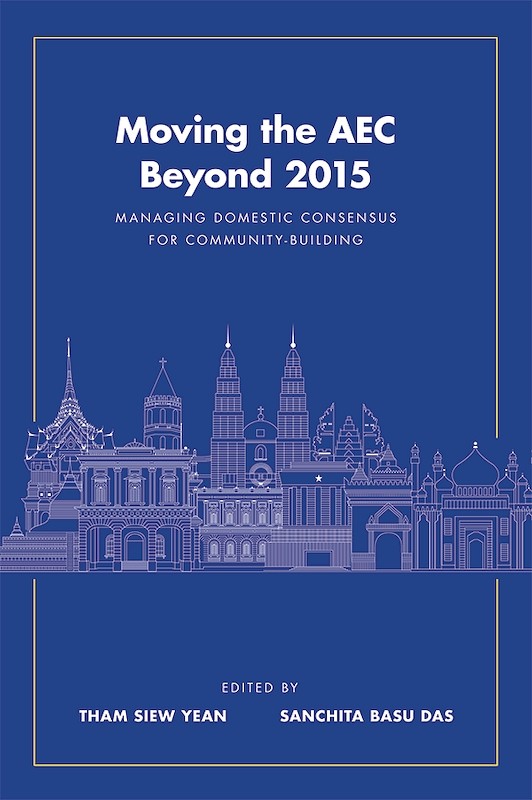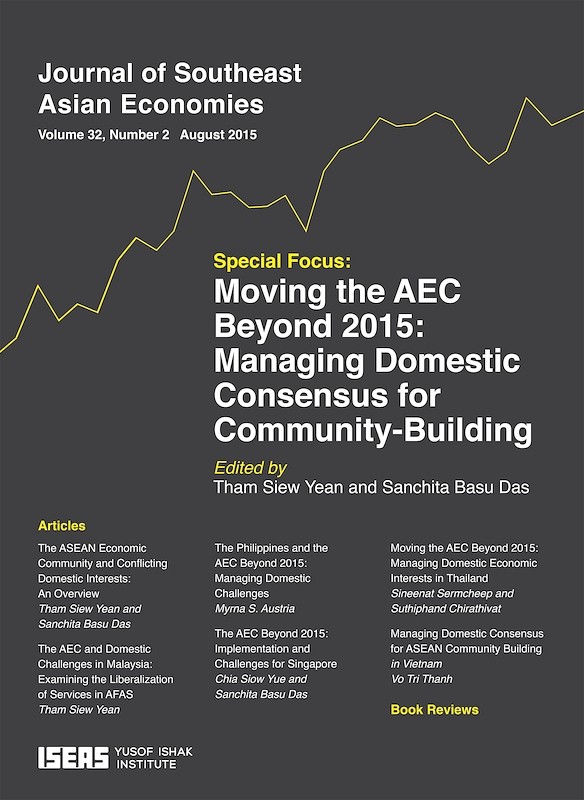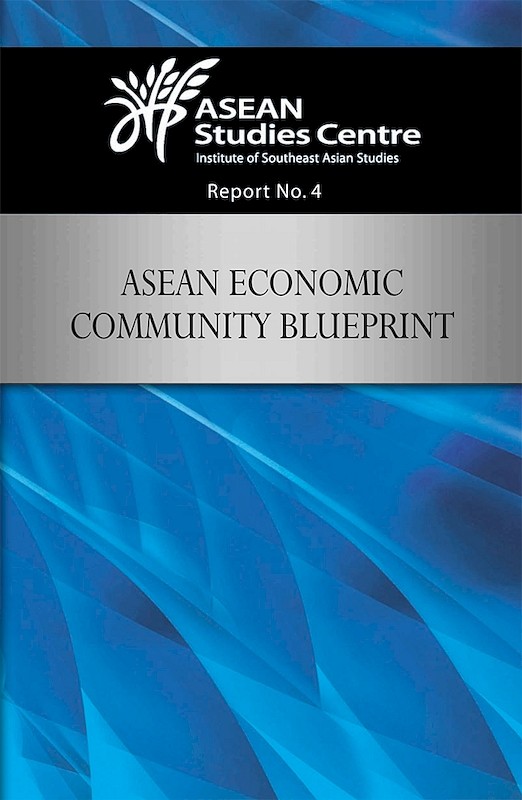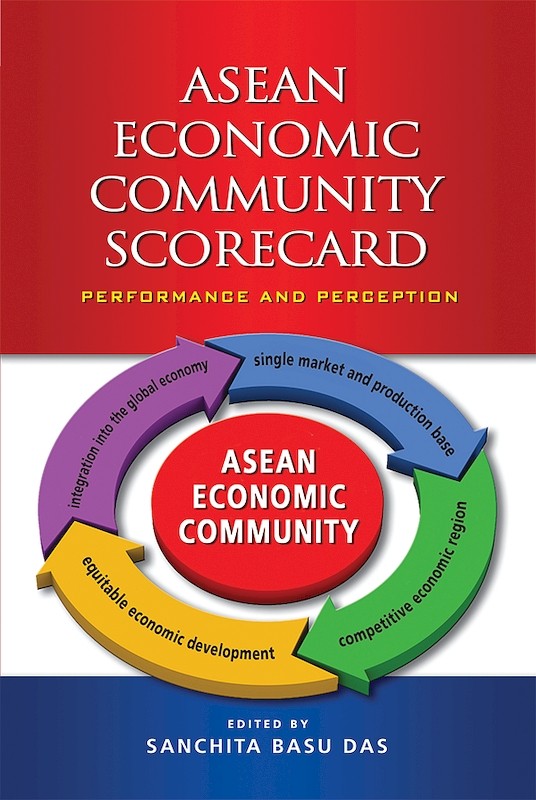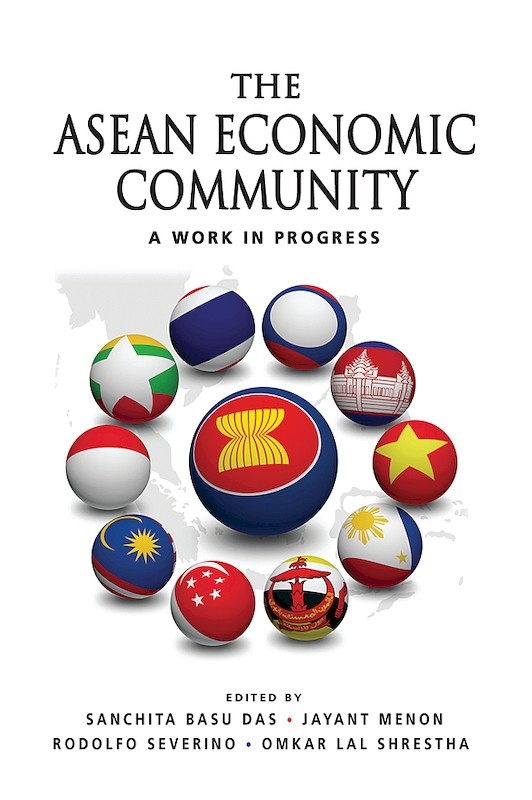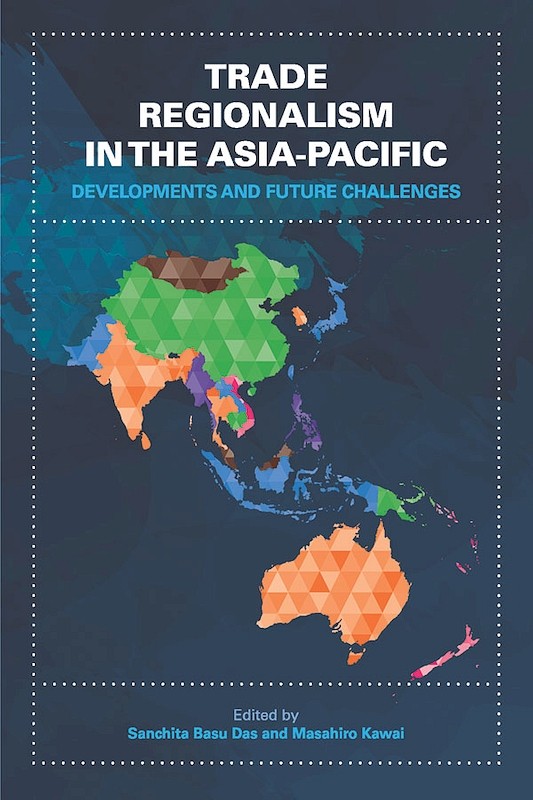Achieving the ASEAN Economic Community 2015: Challenges for Member Countries and Businesses
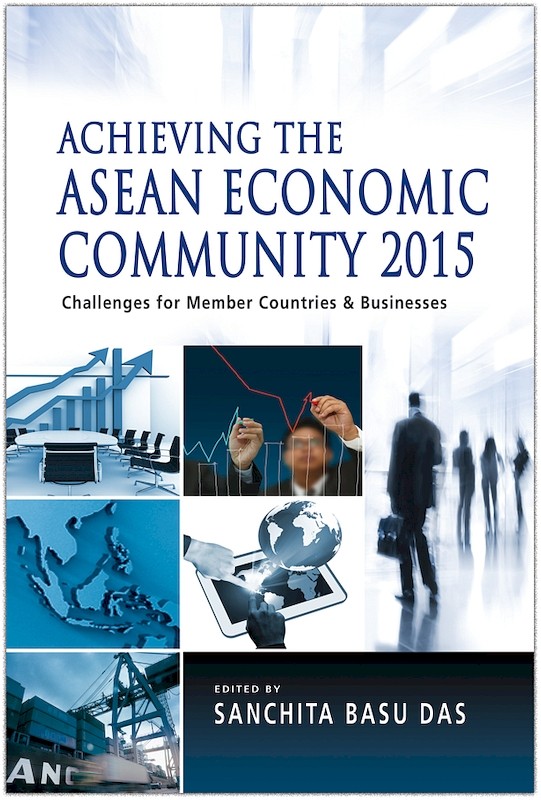
Sanchita Basu Das, editor
Date of publication:
2012
Publisher:
Institute of Southeast Asian Studies
Number of pages:
347
Code:
PIC216
Soft Cover
ISBN: 9789814379649
About the publication
ASEAN leaders proclaimed to create an ASEAN Economic Community by 2015. But achieving the target requires cooperation and coordination both within and among the ten ASEAN economies. Currently, with countries having varying considerations towards complete liberalization, protectionism still persists in certain sectors of the economies. Lot of work needs to be done in addressing the domestic reforms, the gaps in infrastructure, the lack of human resources and adequate institutions. Moreover, it is the businesses whose decisions and actions will help the region to achieve an effective integration. The policymakers have vital roles to play in raising the engagement of the private businesses in ASEAN matters. As time is limited, one way for ASEAN is to focus on "core" elements of integration and implement them earnestly in the shortest possible time. The rest of the process, as envisaged in the AEC blueprint, can follow beyond 2015. This book examines the state of readiness of the member countries for regional integration and discusses the challenges to ASEAN businesses. It gives policy recommendations to address some of the issues faced by the key stakeholders.
Co-publication: Institute of Southeast Asian Studies
Institute of Southeast Asian Studies
Contents
-
Achieving the ASEAN Economic Community 2015: Challenges for Member Countries and Businesses
[Whole Publication, ISBN: 9789814379656] -
Preliminary pages
-
1. Introduction: State of Readiness of ASEAN Economies and Business, by Sanchita Basu Das, author
-
2. ASEAN's Readiness in Achieving the AEC 2015: Prospects and Challenges, by S Pushpanathan, author
- PART I: CHALLENGES FOR MEMBER COUNTRIES
-
3. Achieving the AEC 2015: Challenges for Brunei Darussalam, by Lim Jock Hoi, author
-
4. Achieving the AEC by 2015: Challenges for Cambodia and its Businesses, by Chan Sophal, Larry Strange, authors
-
5. AEC 2015, Cambodia, and Lao PDR: View from the GMS, by Pradeep Srivastava, author
-
6. Deadline 2015: Assessing Indonesia's Progress towards the AEC, by Hadi Soesastro, Raymond Barre, authors
-
7. Towards an Integrated AEC: Where is Malaysia?, by Rajah Rasiah, author
-
8. Achieving the AEC 2015: Challenges for the Philippines, by Jenny D Balboa, Fatima Lourdes E del Prado, Josef T Yap, authors
-
9. ASEAN Economic Integration: Perspectives from Singapore, by Ong Keng Yong, author
-
10. Achieving the AEC 2015: Challenges for Thailand, by Nipon Poapongsakorn, author
-
11. Achieving an Efficient AEC by 2015: A Perspective from Vietnam, by Vo Tri Thanh, author
- PART II: CHALLENGES FOR THE PRIVATE SECTOR
-
12. ASEAN Economic Integration: Challenges to Brunei Businesses, by Pushpa Thambipillai, author
-
13. Perspectives of the Indonesian Business Sector on the Regional Integration Process, by Widdi Mugijayani, Pratiwi Kartika, authors
-
14. Achieving the AEC 2015: Challenges for the Malaysian Private Sector, by Mahani Zainal Abidin, Loh Geok Mooi, Nor Izzatina Abdul Aziz, authors
-
15. The Role of the Private Sector in Regional Economic Integration: A View from the Philippines, by Maureen Ane D Rosellon, Josef T Yap, authors
-
16. Role of the Singapore Private Sector in ASEAN Economic Integration, by Juliana Giam, author
-
17. Thailand's Perspective on the Role of the Private Sector in the Process of Regional Integration, by Eggaluck Suwannakarn, Pisesporn Wasawong, authors
-
18. The Private Sector's Participation in Regional Integration: A Perspective from Vietnam, by Vo Tri Thanh, Nguyen Anh Duong, authors
- PART III: CONCLUSION AND RECOMMENDATIONS
-
Conclusion and Recommendations for an Effective AEC, by Sanchita Basu Das, author
-
Index

